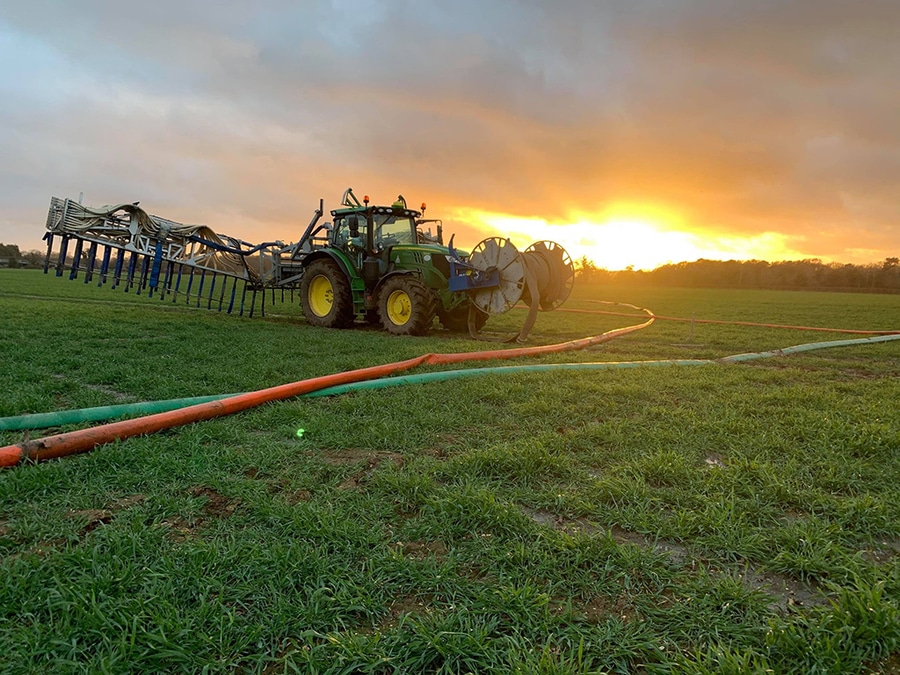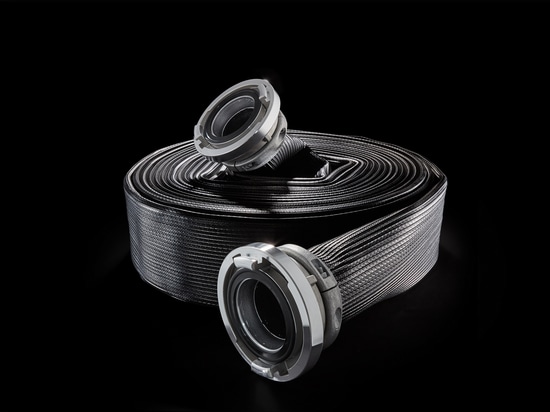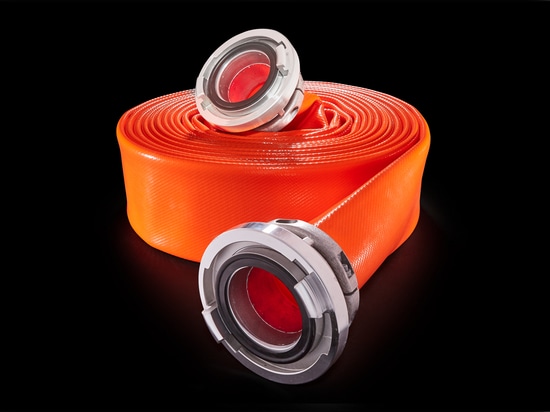
#Farm Machinery & Equipment
Smarter spreading - it is easy with GH hoses!
With slurry hosing, the slurry is delivered to the field via a hose: The advantages result from the fact that the slurry tractor with the spreading unit travels across the field in loops, protecting the soil.
We know what the perfect slurry hose must do and design reliable hose solutions. Just get started!
Slurry hosing - what's the point?
With slurry hosing, the advantages are that the tractor travels across the field in loops, protecting the soil, and a distribution unit delivers the slurry evenly to the ground.
This only works non-stop if the feed hose is pressure-stable and the abrasion-resistant drag hose has a small bending radius so that it can reliably do its job intact during the meandering movement over the surface.
Once the surface has been completely covered, both hoses must be rolled up again to save as much space as possible. Not so easy when the material is stubborn and board-like. We understood that ...
What distinguishes the feeding and drag hoses for slurry extrusion from Gollmer & Hummel
The be-all and end-all during the extrusion of feed and draw hoses is the exact, continuous centering of the textile insert while it is encased on the outside and lined on the inside by the PU or rubber layer. This is because a fabric liner that is centered and embedded in the hose means that the outer cover is also uniformly strong and provides optimum protection for the fabric. An intact textile ensures the tensile strength of the hose and the hose resists natural abrasion, point loads as well as mechanical damage.
After PU hoses have been manufactured using the press-through process, Gollmer & Hummel, as an experienced hose manufacturer, takes a final, all-important production step: In the so-called GH normalization, the hose is prepared for its task. The normalized hose convinces with smooth handling. And if it should be necessary to re-band a normalized hose, the coupling fits the hose like a glove because its diameter does not change from the first to the last set of work operation.







